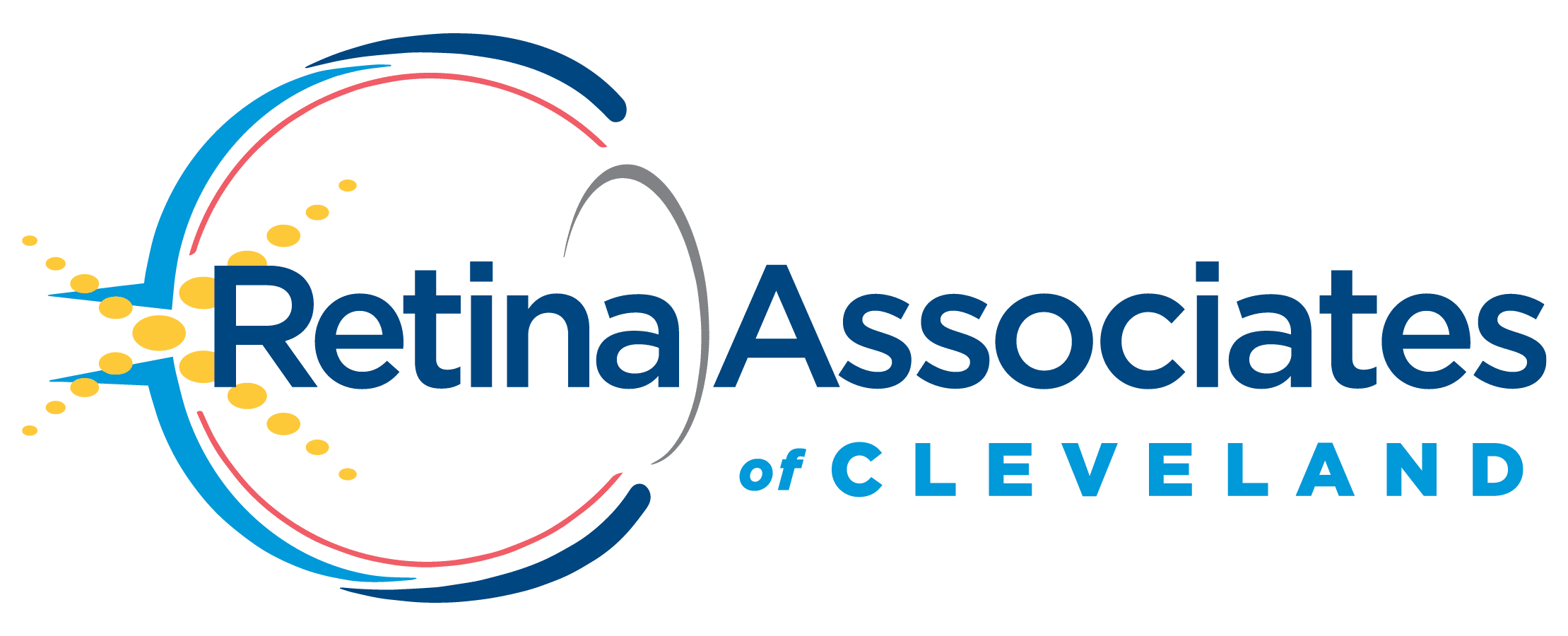Ideally, investment planning involves a long time horizon – 10, 20, or even 40 years – to reap the benefits of long-term gains in the stock market. When you’re saving for buying a house, paying college tuitions, or funding your own retirement, such long timelines help grow your nest egg and protect you from occasional downturns in the economy.
But what happens if you don’t have that much time? Perhaps you didn’t get started saving and investing when you were younger because you didn’t make much money, you were starting a business or you had a lot of expenses such as student debt. Or perhaps major life changes have changed your investment goals and needs.
A Three- to Five-Year Investment Horizon
Investment planning for a three- to five-year period is considered “short-term” investing. It involves a different mix of investment instruments than long-term investing, and requires a realistic set of goals because, by nature, shorter-term investments generally carry lower rates of return. There’s only so much you can accomplish with a short time horizon, but with careful planning, you can make the most of the money and the time you have.
Investment Mix
While stocks and mutual funds are strong instruments for a long-term investment planning strategy, they may not yield high enough returns to anchor a short-term investment plan. Following are some instruments that are more appropriate for a three- to five-year investment horizon:
Money market accounts pay a higher interest rate than do savings accounts, and usually require a minimum investment and minimum ongoing balance. Their interest rate structure also is more complex. Their returns are tied to current interest rates on the money market. They don’t yield as much return as good quality equity stocks, but they offer stability.
Short-term bonds are considered safe investment vehicles with low risk because they are backed by the U.S. government. A variety of short-term bonds are available such as Treasury bills (T-bills), municipal or state bonds, and bonds that are floated to fund local projects. T-bills have maturity rates ranging from a few days to 52 weeks, so you’re not tying up your money for long. But the safety and short terms of these government bonds is balanced by a fairly low rate of return. Still, they are an option for the risk-averse short-term investor.
Treasury notes, like short-term bonds, involve loaning your money to the government, but for a longer period of time. T-note maturities range from two to 10 years and pay interest every six months. Though they have fixed maturity dates, T-notes can be bought and sold on the bond market, giving them a high degree of liquidity. The downside of that liquidity is a low rate of return, compared with stocks.
Certificates of deposit, like savings or money market accounts, offer slightly higher interest rates that go higher the longer the term of the CD. By purchasing a CD, you are essentially loaning the bank money for a specified period – say, 6 months, 12 months, or even longer. The catch is that you must leave your money in the CD for the length of the term you purchased, or face penalties for early withdrawal.
Short-term corporate bonds allow you to loan money to businesses that sell bonds to raise money, similar to the way government bonds involve loaning money to the government. Corporate bonds are riskier because they are not backed by a U.S. government promise to repay them. But with higher risk comes higher rewards, so corporate bonds offer a higher rate of return than do government bonds. The maturity periods for corporate bonds are determined by the issuing companies. Investors with lower risk tolerance may want to consider a corporate bond fund, which bundles the bonds of several companies and balances the risk.
Other short-term investment instruments include brokerage accounts and cash management accounts.
Make Short-Term Investment Planning Work for You
There’s no need to let a short time horizon hold you back from effective investment planning. The gains you can make from strategic short-term investing inevitably outweigh the benefits of doing nothing. The key is to get started as soon as possible.
If you would like to discuss a short-term investment planning strategy, contact your Barnes Wendling advisor.
Related Insights

Featured Client Testimonials
BW is a true partner to us. Their knowledge, expertise, and service are a valuable resource to us and play an important role in our success!
John Allen - Vice President of Finance, Kaufman Container

Featured Client Testimonials
I appreciate the exceptional tax advice we received over the years. The (BW team) has a good grasp of our business needs. Thank you for your excellent service.
John Griffiths - Owner, Rae Ann, Inc.

Featured Client Testimonials
The BW team has been fantastic to work with; both the team member at our office as well as at the partner level. Any issues or concerns are handled very efficiently and effectively.
Kelley Needham - Chief Executive Officer, Epilepsy Association

Featured Client Testimonials
Barnes Wendling has been our company accountants for over seven years. Their knowledge has been instrumental in helping us grow strategically during this time. And although we’ve seen many changes in our economy that we cannot control, we’ve always been able to trust the Barnes team to be by our side. The Barnes team feels like family. We can’t thank them enough for their support!
Christine Kloss - Controller, AT&F

Featured Client Testimonials
Barnes Wendling has been our company accountants for over 15 years. During this time, the business has grown exceptionally, and Barnes has kept pace, providing accurate, quality advice. Our finances are more efficient than ever, and the expense of hiring Barnes has been a definite positive add to our bottom line. I give my highest recommendation to their firm.
David Miller, MD - President, Retina Associates of Cleveland

Featured Client Testimonials
Barnes Wendling has provided us guidance and recommendations that have strategically helped strengthen our business and position ourselves for growth. We needed to hire a new VP of Finance and Controller this past year, and they were instrumental in helping us find the best candidates for our company.
Sara Blankenship - President, Kaufman Container

Featured Client Testimonials
We value the trust, accuracy of information, and reliability of Barnes Wendling and Mike Essenmacher personally. Mike has been instrumental as a trusted advisor on accounting, tax, and personnel issues. His advice is always accurate, and he is very reliable. His associates are also very talented.
Dominic Ozanne - President and CEO, Ozanne Construction Company

Featured Client Testimonials
We value Barnes Wendling’s expertise with all things accounting so we can operate our business using our strengths and allowing them to be our experts. They have also brought me a few business sale opportunities to allow me to grow my assets.
John Gaydosh - President and Metallurgical Engineer, Ohio Metallurgical Service

Featured Client Testimonials
Barnes Wendling (especially Lena) did a great job with our financials. Everything. It is extremely refreshing and comforting to know that all of our numbers are not only correct, but they are in the right place(s). Your diligence and reporting truly does make me (personally) feel better.
Thomas Adomaitis - Controller, Bialosky Cleveland

Featured Client Testimonials
I can wholeheartedly tell you that I have yet to work with an audit or tax team that have been more helpful, easy to work with, and committed than the team at Barnes Wendling- I have been through three different firms in the last few years.
Michelle Saylor, Former Controller, Aero Mag

Featured Client Testimonials
Floyd Trouten at Barnes Wendling CPAs is an “expert’s expert” when it comes to M & A accounting. Not only does he understand the evolving details of the Tax Code but he also sees the fine points of their application for owners, managers, investors, and financiers.
Mark A. Filippell, Western Reserve Partners

Featured Client Testimonials
The service is amazing at Barnes Wendling CPAs. The benefit is worth more than the cost. Sometimes it’s true that you get what you pay for.
Mark Boucher - Former Owner, Castle Heating & Air









